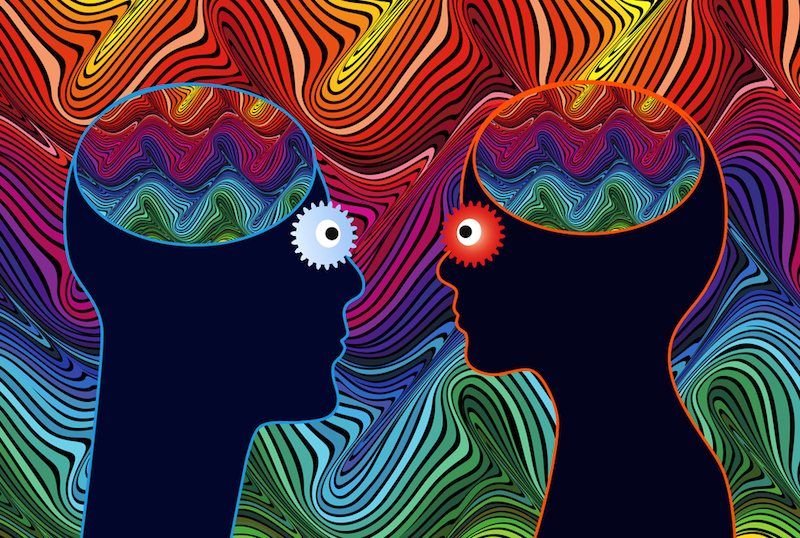Hallucinogens have been a controversial recreational drug type that has “plagued” Western nations for decades. However, hallucinogens have shown to have innumerable research and religious applications. Therefore, Western usage of hallucinogens has created a negative connotation on a significant resource.
Hallucinogens have been a long-standing tradition in Hindu religious practices, dating all the way back to the Vedic period. The idea of using hallucinogens and other recreational drugs is to transcend the mortal realm and reach a deeper sense of darsan, or mutual gaze with a deity. One way to transcend via hallucinogens is to drink the juice from the soma plant. Since Hinduism is considered to be very spiritual and lived-in experience, the idea of a mutual gaze with a god or goddess can increase a Hindu’s good karma and be able to break out of their reincarnation cycle, or samsara. All Hindus end goal is to break out of samsara and be able to be absorbed into a god or goddess that person is most devoted to.
With current Abrahamic traditions and Western perspectives seeming to colonize what is right and wrong in today’s world, Hindu practices seem extreme and almost illegal to some. If we continue to view hallucinogens as hazardous in recreational use and work to abolish them, an entire religion may lose a close connection to their gods and goddesses.
Hallucinogens also offer a new form research outlook on schizophrenia research. The origin of schizophrenia is still unknown even though the diagnostic criterion was first written into the DSM-III in 1980. Nestler (2013) discussed the best “guess” of schizophrenia origin. Though the severity and variation of schizophrenia is vast, most researchers believe there is to some extent a dysregulation of Wnt signaling via GSK3b, b-catenin, and Akt, which is involved in healthy neurodevelopment in infants. Also, too high of dopamine signaling, lack of b-catenin transcription, and overactive GSK are all considered to cause developmental delays.
Unfortunately, the most common medication for Schizophrenia is lithium. This medication has been used for nearly two centuries. Lithium inhibits GSK and directly activates Wnt signaling to combat hallucinations experienced in Schizophrenia. However, a medication lasting as top choice in mental health disorder treatment for two centuries is overly concerning. Therefore, it is more important than ever to conclude the origin of schizophrenia. One complication researchers are facing is how to create a schizophrenia model in animals, such as rodents. Hallucinogens, such as LSD and PCP, all bind to serotonin, 5-HT2A, receptors. Serotonin binding in the ventral striatum and the ventral tegmental area, or VTA, are both associated with causing psychosis if a dysregulation is present. This binding is also perceived to be present in schizophrenic hallucinations. The primary distinction between hallucinations in both scenarios is that hallucinogens produce altered perceptions of reality and the person is aware these hallucinations are not real. Those who are diagnosed with schizophrenia that experience hallucinations believe they are real and appear seemingly out of nowhere. Both cases, however, can experience hallucinations in a tactile, auditory, or visual way. Therefore, disregarding the “real/not real” distinction, hallucinogens can mimic schizophrenic-like hallucinations in animal models.
In conclusion, hallucinogens are continually regarded as toxic and dangerous in Western recreational use. However, if we remove ourselves from our traditional viewpoints, we can see the innumerable roles hallucinogens play in research and religious practices. Therefore, it is important to educate ourselves beyond one use to fully gain an opinion on hallucinogens role in the modern world.
Image Sourced From: Livescience.com
